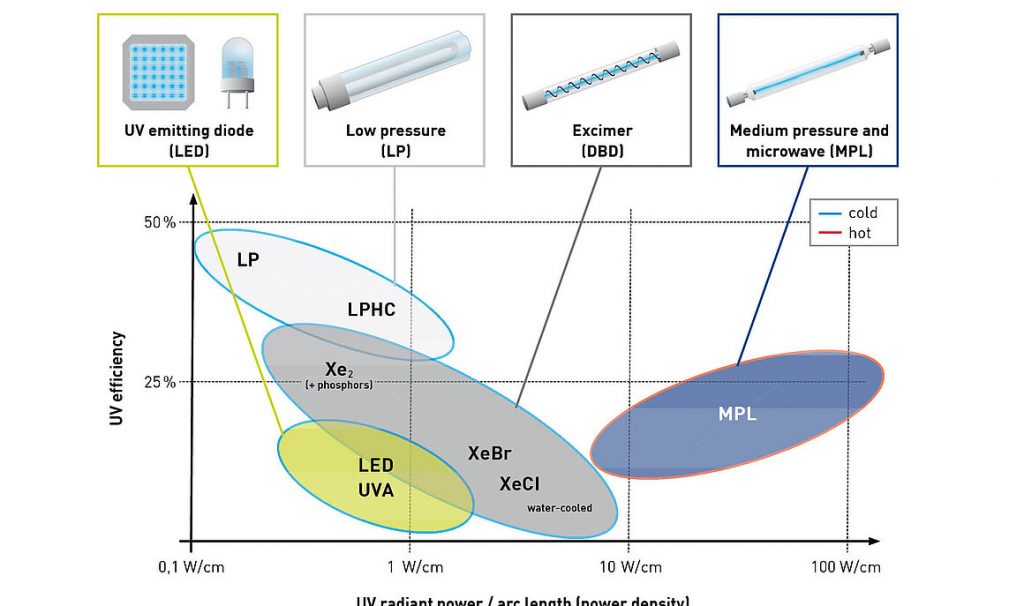Low-Pressure vs. Medium-Pressure UV Lamps: Key Differences Explained

Low-pressure and medium-pressure UV lamps differ in several key aspects, including wavelength, effectiveness, structure, lifespan, disinfection speed, and safety.
Wavelength and Definition:
Medium-Pressure UV Lamps: Operate in a wavelength range of 200-400nm.
Low-Pressure UV Lamps: Operate in a narrower wavelength range of 100-280nm.
Effectiveness:
Low-Pressure UV Lamps: Primarily used to kill bacteria, viruses, and other microorganisms in the air, making the air cleaner.
Medium-Pressure UV Lamps: Commonly used for disinfecting water, making them ideal for water treatment applications.
Structure:
Medium-Pressure UV Lamps: Utilize xenon gas to produce ultraviolet light.
Low-Pressure UV Lamps: Use mercury, either in liquid or vapor form, to generate UV light.
Lifespan:
Medium-pressure UV Lamps: Generally have a longer lifespan compared to low-pressure UV lamps.
Disinfection Speed:
Medium-Pressure UV Lamps: Disinfect faster than low-pressure UV lamps.
Safety:
Medium-pressure UV Lamps: Often come with built-in safety features that automatically detect UV intensity, reducing the risk of UV leakage and making them safer to use.
Application Areas:
Medium-Pressure UV Lamps: Best suited for swimming pools, sewage treatment, and other water treatment applications.
Low-Pressure UV Lamps: Widely used in air purification, surface disinfection, and drinking water treatment.
Conclusion:
The choice between medium-pressure and low-pressure UV lamps should depend on your specific needs and the environment in which they’ll be used, as they differ in wavelength, effectiveness, structure, lifespan, disinfection speed, and safety.

Leave A Comment